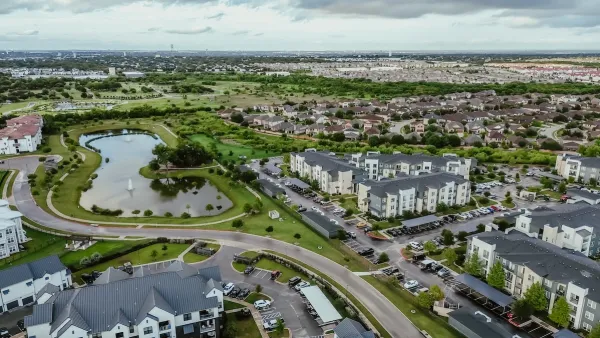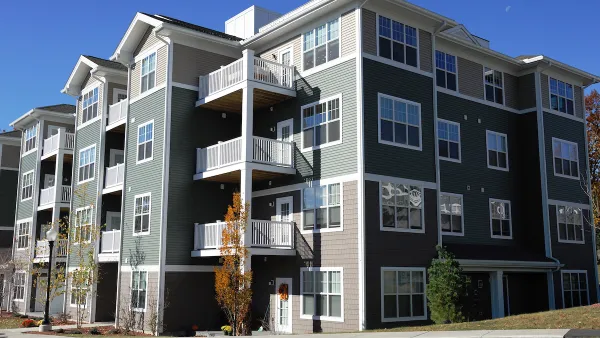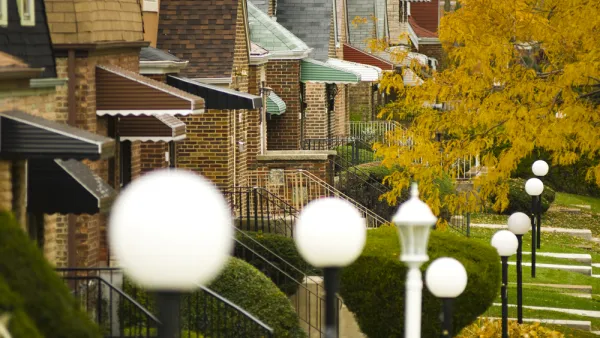The myth that there are plenty of vacant housing units in U.S. cities comes from misconceptions about leasing timelines and developer incentives.

In a piece for Greater Greater Washington, Patrick McAnaney, an affordable housing developer, contradicts the belief that there are enough vacant housing units in the United States to fulfill demand, if only housing was distributed more effectively.
According to McAnaney, “Some level of vacancy is necessary for any functioning real estate market. If there were no vacant units available, finding a home to rent or buy would be impossible. Yet a large number of vacant units can also be a problem, as it indicates an oversupply.” Historically, vacancy rates hover at roughly 7 to 8 percent. A higher vacancy rate gives renters more leverage, while a low vacancy rate forces them to compete and gives landlords more power.
McAnaney explains that brand new apartment buildings typically take around two years to reach ‘stabilization,’ where the vacancy rate hovers at around 6 percent. “This typical lease-up period can lead to a common misconception by outside observers: A new building with high levels of vacancy is perceived as proof more homes didn’t need to be built.”
As of October 2024, the national vacancy rate was 6.8 percent. In Washington, D.C., the rate is 5.3 percent. In McAnaney’s opinion, “There is simply no compelling evidence that a surplus of vacant homes exists, especially in high-cost cities, like the District. Rather, ‘vacancy trutherism’ is largely based on misconceptions regarding lease-up timelines and economic incentives for newly constructed buildings.” In McAnaney’s assessment, “Adding new supply drives up the vacancy rate to the point where it blunts or even reverses price increases.”
FULL STORY: Debunking the vacancy myth

National Parks Layoffs Will Cause Communities to Lose Billions
Thousands of essential park workers were laid off this week, just before the busy spring break season.

Retro-silient?: America’s First “Eco-burb,” The Woodlands Turns 50
A master-planned community north of Houston offers lessons on green infrastructure and resilient design, but falls short of its founder’s lofty affordability and walkability goals.

Delivering for America Plan Will Downgrade Mail Service in at Least 49.5 Percent of Zip Codes
Republican and Democrat lawmakers criticize the plan for its disproportionate negative impact on rural communities.

Test News Post 1
This is a summary

Test News Headline 46
Test for the image on the front page.

Balancing Bombs and Butterflies: How the National Guard Protects a Rare Species
The National Guard at Fort Indiantown Gap uses GIS technology and land management strategies to balance military training with conservation efforts, ensuring the survival of the rare eastern regal fritillary butterfly.
Urban Design for Planners 1: Software Tools
This six-course series explores essential urban design concepts using open source software and equips planners with the tools they need to participate fully in the urban design process.
Planning for Universal Design
Learn the tools for implementing Universal Design in planning regulations.
EMC Planning Group, Inc.
Planetizen
Planetizen
Mpact (formerly Rail~Volution)
Great Falls Development Authority, Inc.
HUDs Office of Policy Development and Research
NYU Wagner Graduate School of Public Service





























